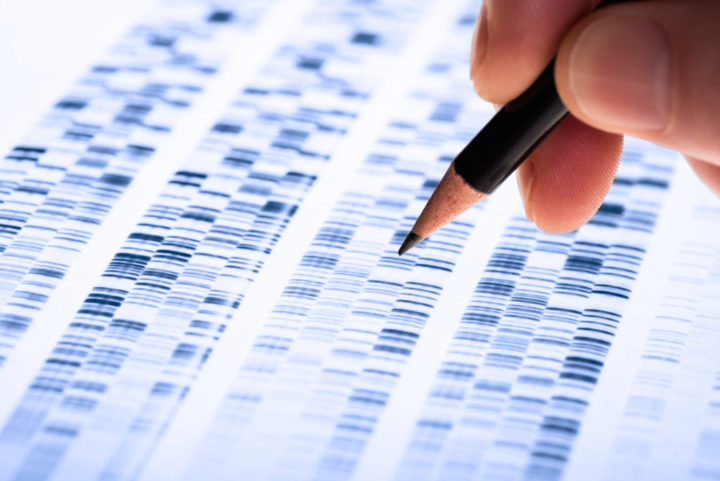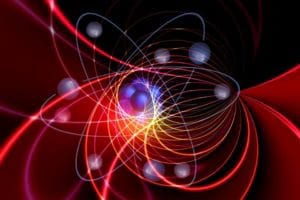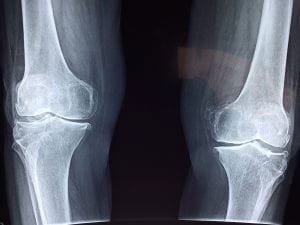When two previously independent genes join together, and begin transcribing and translating as if they were one, this is known as a fusion gene. Fusion genes have previously been associated with the development of different forms of cancer. According to the Fox Chase Cancer Center, researchers from the Center recently identified the SMARCA2-NR4A3 fusion gene. After their research, the research team believes that SMARCA2-NR4A3 not only plays a role in the development of extraskeletal myxoid chondrosarcoma, but could be used for better identification and diagnosis.
The researchers published their findings in Genes, Chromosomes & Cancer.
Discovering the SMARCA2-NR4A3 Fusion Gene
Fusion genes may form from processes in the body such as chromosomal inversion, translocation, or interstitial deletion. Previously, fusion genes have been linked to a variety of cancers, including soft-tissue sarcoma (STS) and bladder cancer. In fact, five other NR4A3 fusion genes have been linked to this particular form of chondrosarcoma.
Prior to this research, SMARCA2-NR4A3 has never been previously described in any studies or medical findings. Understanding and identifying fusion genes like this is imperative to ensure that patients get the ideal therapeutic interventions. This is also particularly important in cases where the cancer or condition is extremely rare and/or difficult to diagnose, such as extraskeletal myxoid chondrosarcoma.
The researchers identified the SMARCA2-NR4A3 fusion gene through evaluating one of their patients with extraskeletal myxoid chondrosarcoma. After sourcing tumor cells, the researchers performed RNA sequencing, where they discovered this fusion gene.
While finding this fusion gene was a good step forward in the research, there is still much to be done. More research and evaluation is needed to learn how this fusion gene influences cancer development and what its particular characteristics are.
What is Chondrosarcoma?
Chondrosarcoma is a bone cancer which begins in cartilage cells. It often affects the shoulder, femur, and pelvis, though it may also be found in the ribs, windpipe, knees, or skull. Risk factors include Ollier disease, enchondromas, Maffucci syndrome, and multiple hereditary exostoses. For extraskeletal myxoid chondrosarcoma, risk factors include being aged 50 or older. In this rare form, characterized by NR4A3 mutations, the cancer often forms in the proximal extremities and limb girdles. Symptoms of chondrosarcoma vary based on where the cancer forms, but can include:
- A large lump or mass on the bone, which may also be associated with some pressure
- Worsening pain
- Limited joint movement or mobility
- Joint stiffness
- Localized inflammation
- Generalized weakness
- Changes in bowel or bladder control
Learn more about chondrosarcoma here.







